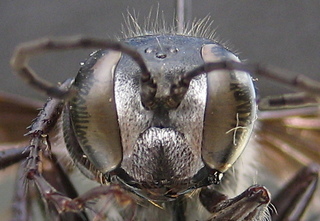
Native Bee Inventory and Monitoring Lab; Photographer: Erika Tucker · 9
Isodontia apicalis - face |
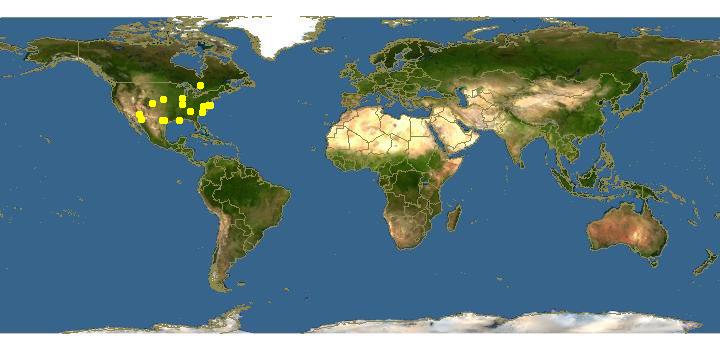
Click on map for details about points.
|
80x5 -
240x3 -
240x4 -
320x1 -
320x2 -
320x3 -
640x1 -
640x2
Set display option above.
Click on
images to enlarge. |
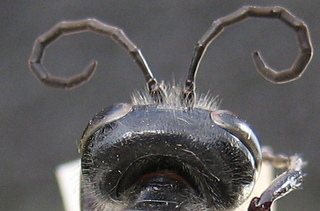
Native Bee Inventory and Monitoring Lab; Photographer: Erika Tucker · 9
Isodontia apicalis - head |
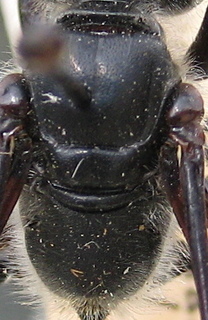
Native Bee Inventory and Monitoring Lab; Photographer: Erika Tucker · 9
Isodontia apicalis - thorax |
|
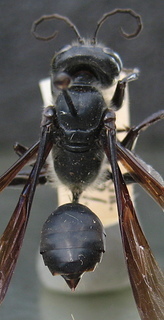
Native Bee Inventory and Monitoring Lab; Photographer: Erika Tucker · 9
Isodontia apicalis - topview |
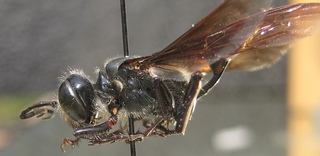
Native Bee Inventory and Monitoring Lab; Photographer: Erika Tucker · 9
Isodontia apicalis |
|
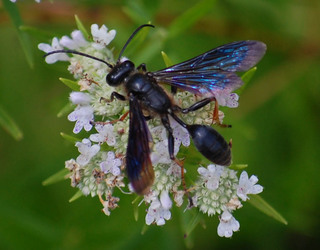
© Copyright Sheryl Pollock 2011
· 7
Isodontia auripes, Grass Carrier Wasp |
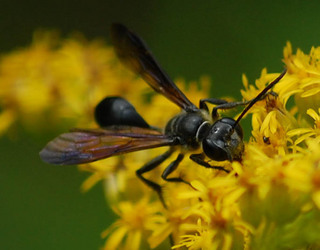
© Copyright Sheryl Pollock 2011
· 7
Isodontia apicalis, Grass Carrier Wasp |
|
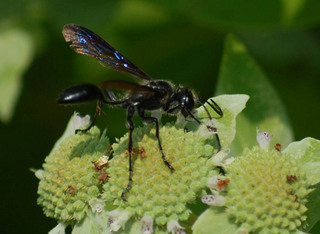
© Copyright Sheryl Pollock 2011
· 7
Isodontia apicalis, Grass Carrier Wasp |
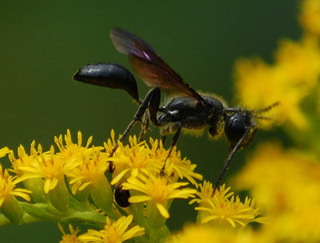
© Copyright Sheryl Pollock 2011
· 5
Isodontia apicalis, Grass Carrier Wasp |
|
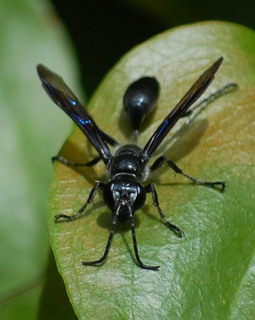
© Copyright Sheryl Pollock 2011
· 4
Isodontia apicalis, or Isodontia mexicana Grass-Carrier Wasp |
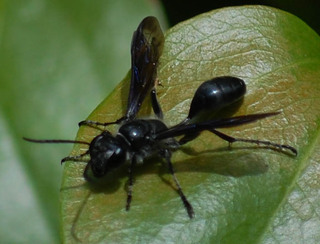
© Copyright Sheryl Pollock 2011
· 4
Isodontia apicalis, or Isodontia mexicana Grass-Carrier Wasp |
|
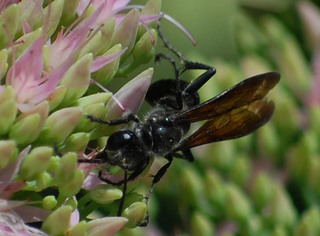
© Copyright Sheryl Pollock 2011
· 3
Isodontia apicalis, Grass-Carrier Wasp |
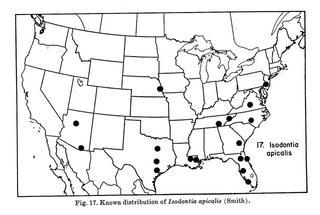
Bohart, R.M., Menke, A.S. 1963 · 0
Isodontia apicalis, map |
|
Overview |
Taken from:
Bohart, R.M., Menke, A.S. 1963. A Reclassification of the Sphecinae: With a Revision of the Nearctic Species of the Tribes Sceliphronini and Sphecini.
Male.—Average length 18 mm; black, fore femur red basally; wings irregularly brown-
stained, especially along veins and toward anterior margin; erect hair of head and thorax mostly pale, face with appressed silvery pubescence, bands of sternal cilia weakly developed and pale, sternite VIII with weak pale hair; flagellomere I shorter than IV or V; flagellomeres IV—V1II extensively spiculate; apex of sternite VIII with a broad V-shaped notch; genitalia as in figure 67.
Female.—Average length 20 mm; erect clypeal hair mostly dark.
|
|
|
Names | |
Isodontia (isodontia) apicalis (Smith)
(Figs. 17, 67)
Sphex apicalis Smith, 1856, Cat. Hymen. Insects Brit. Mus., 4:262. Holotype ♂, St. John’s Bluff, Florida (BMNH).
Isodontia macrocephala cinerea Feniald, 1903, Canadian Ent., 35:271. Lectotype ♀, Enterprise, Florida (USNM). Present designation.
Chlorion harrisi Fernald, 1906, Proc. United States Natl. Mus., 31:359. New name for Sphex apicalis Smith, 1856, p. 262.
|
|
|
Geographic distribution | |
Distribution—I. apicalis occurs in the eastern United States (New Jersey, Virginia, South Carolina, Georgia, Florida), and ranges westward through Tennessee and Louisiana to Texas (fig. 17). Outlying localities are found in eastern Nebraska and in Arizona.
|
|
|
Natural history | |
Bohart has studied the type of apicalis Smith. In 1856 Smith used the name apicalis twice, on page 253 for a species from Sumatra (subsequently renamed chrysorrhoeus by Kohl, 1890, as first reviser) and on page 262 for an American species. Kohl’s new name for Smith’s first apicalis eliminates the homonymy and therefore his second name is available. Sphex apicalis Harris, 1835, is a nomen nudum and has no standing in the synonymy. Kohl (1890) placed Pronoeus apicalis Guérin-Méneville, 1850, in Sphex, thus establishing Sphex apicalis Smith (p. 262) as a secondary homonym. However, Guérin-Méneville’s species belongs in Chlorion and the removal of his name from Sphere leaves apicalis Smith (p. 262) still available. Fernald’s harrisi refers to this species rather than to the common North American species to which it has usually been applied (I. mexicana) since he stated it was a new name for apicalis Smith. Isodontia azteca (Saussure), 1867, described from Mexico, resembles this species closely. However, the genitalia and last sternite display specific differences (compare figs. 67, 68).
|
|
| Supported by | |
Updated: 2024-04-24 22:36:03 gmt
|